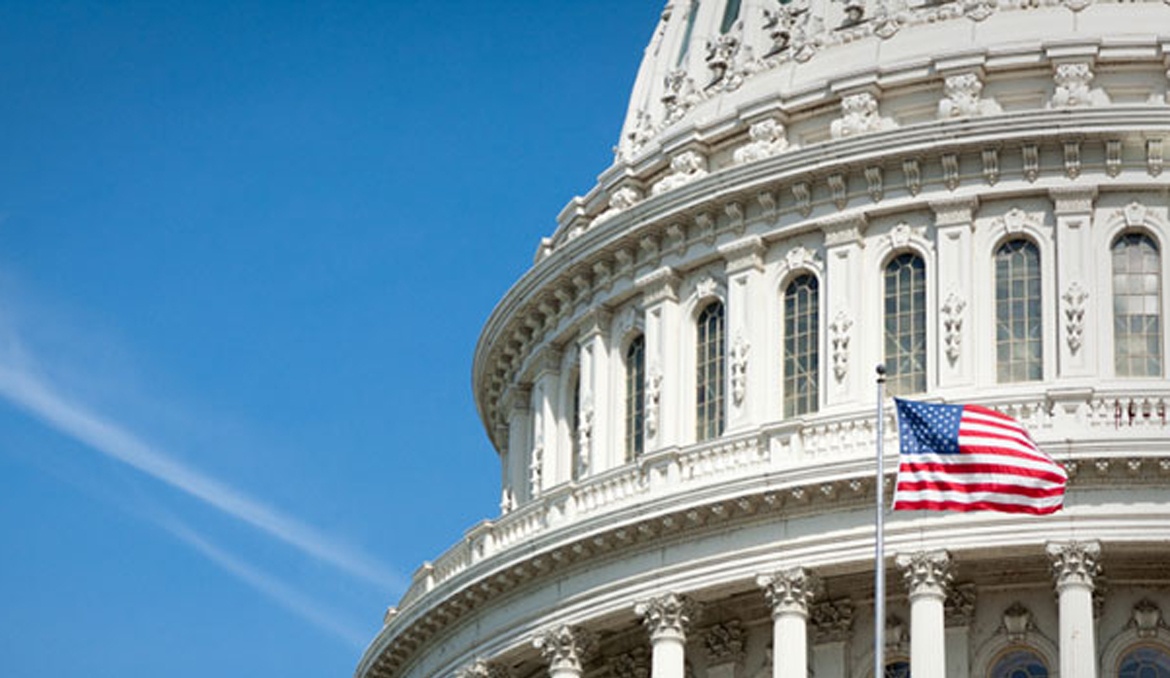Tag: health
-

President Trump Signs VA Mission Act
UPDATE JUNE 6, 2018: President Trump signed the VA Mission Act designed to increase veterans’ access to timely and private health care. The new VA law aims to combine and expand existing community care programs during the next year with intentions to roll out one centralized community care program next May. Building off the positive…
-

Let’s Talk About Physician Burnout
According to Medscape’s 2018 Annual Physician Lifestyle Report, Burnout and Depression Section, 42 percent of physicians surveyed have reported burnout symptoms in the last year. Fifteen percent of physicians admitted to experiencing either clinical or colloquial forms of depression. The National Institute of Mental Health reports 6.7 percent of all American adults suffered at least…
-

NIH’s All of Us Research Program Kicks Off in Birmingham on May 6
On May 6, the National Institutes of Health will open national enrollment for the All of Us Research Program, a momentous effort to advance individualized prevention, treatment and care for people of all backgrounds. People ages 18 and older, regardless of health status, will be able to enroll. The official launch date will be marked…
-

Alabama’s Physicians Contribute Billions to State Financial Health
MONTGOMERY – Alabama’s more than 8,700 patient care physicians fulfill a vital role in the state’s economy by supporting 101,770 jobs and generating $16.7 billion in economic activity, according to a new report released by the Medical Association of the State of Alabama and the American Medical Association. “Urban or rural, large group or solo…
-

Bipartisan Budget Act Boosts Health Programs
In a rare show of bipartisanship for the mostly polarized 115th Congress, the Bipartisan Budget Act of 2018 is officially one for the record books. The week leading up to the final vote was far from smooth with Sen. Nancy Pelosi impressively filibustering on the floor of the U.S. Senate for eight hours to Rep.…
-

Alabama Opioid Overdose and Addiction Council Issues Formal Report
MONTGOMERY — Co-chairs of the Alabama Opioid Overdose and Addiction Council, Attorney General Steve Marshall, Commissioner Lynn Beshear of the Alabama Department of Mental Health, and Acting State Health Officer Dr. Scott Harris, announced the issuance of the Council’s formal report of its findings. The Council was created in August 2017 by an executive order…
-

Possible Government Shutdown with CHIP in the Balance?
Friday, Jan. 19: Government shutdowns are rare, with the last shutdown in 2013 that lasted 17 days. Even though the U.S. House passed legislation that would fund CHIP for six more years, the Senate may not approve the measure. In fact, Congress is facing the possibility of another government shutdown, which could leave health care…
-

New Research Shows Americans with Mental Illness use Opioids at Alarming Levels
More than half of all opioid medications distributed each year in the United States are prescribed to adults with mental illness — patients diagnosed with depression and anxiety — according to new research by Dartmouth-Hitchcock and the University of Michigan. The study, published in the July issue of the Journal of the American Board of…
-

Alabama Physician Health Program Announces Reorganization
The Alabama Physician Health Program, the Medical Association’s confidential resource for physicians and other medical professionals with potentially impairing conditions or illnesses, recently announced a reorganization and new staff to better protect the health, safety and welfare of those it serves. The APHP provides confidential consultation and support to physicians, physician’s assistants, residents and medical…
-

Centreville Physician Receives National Recognition
Centreville physician John Waits was the only Alabama physician to be recognized by the National Organization of State Offices of Rural Health’s 2017 Community Stars Program. Dr. Waits was one of 31 honorees during the 2017 National Rural Health Day working tirelessly to improve, protect and advance health and wellness in our rural communities. Dr.…